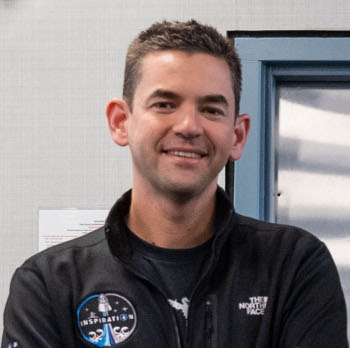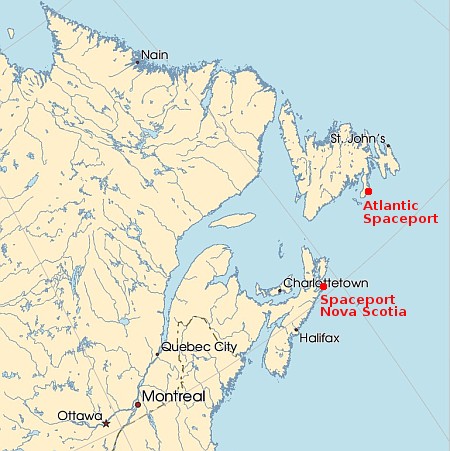Starlab picks Leidos to assemble, integrate, and test its space station prior to launch

The Starlab design in 2025. Click
for original image.
The consortium building the large single-module Starlab space station (intended to launch on Starship) yesterday picked the American company Leidos to assemble, integrate, and test its station prior to launch.
Leidos will assemble and integrate the components of Starlab’s space station into a complete system, supporting compatibility and verifying performance through environmental, functional and performance testing in Alabama. Additional responsibilities under the agreement include safety and mission assurance and systems engineering.
Since the consortium’s lead company, Voyager Space, raised nearly $400 million in its first public stock offering in June, Starlab has been signing up a lot of new partners, many of which like Leidos are aimed at building the station itself. First it signed the company Journey to design the station’s interior. Then it signed the Louisiana space hardware company Vivace to build Starlab’s primary structure. Next, a Belgium software company specializing in payload integration joined the consortium. Finally Voyager last week acquired the satellite electric propulsion company Exoterra. Initially I thought this last acquisition was aimed at increasing Voyager’s ability to win military contracts, but it also could provide the station itself with a system for orientation and propulsion.
All in all, this activity continues to strengthen Starlab’s position in the competition to win major contracts and customers leading to the construction of the station itself. Below is my updated rankings of the four commercial stations under development:
» Read more

The Starlab design in 2025. Click
for original image.
The consortium building the large single-module Starlab space station (intended to launch on Starship) yesterday picked the American company Leidos to assemble, integrate, and test its station prior to launch.
Leidos will assemble and integrate the components of Starlab’s space station into a complete system, supporting compatibility and verifying performance through environmental, functional and performance testing in Alabama. Additional responsibilities under the agreement include safety and mission assurance and systems engineering.
Since the consortium’s lead company, Voyager Space, raised nearly $400 million in its first public stock offering in June, Starlab has been signing up a lot of new partners, many of which like Leidos are aimed at building the station itself. First it signed the company Journey to design the station’s interior. Then it signed the Louisiana space hardware company Vivace to build Starlab’s primary structure. Next, a Belgium software company specializing in payload integration joined the consortium. Finally Voyager last week acquired the satellite electric propulsion company Exoterra. Initially I thought this last acquisition was aimed at increasing Voyager’s ability to win military contracts, but it also could provide the station itself with a system for orientation and propulsion.
All in all, this activity continues to strengthen Starlab’s position in the competition to win major contracts and customers leading to the construction of the station itself. Below is my updated rankings of the four commercial stations under development:
» Read more
















